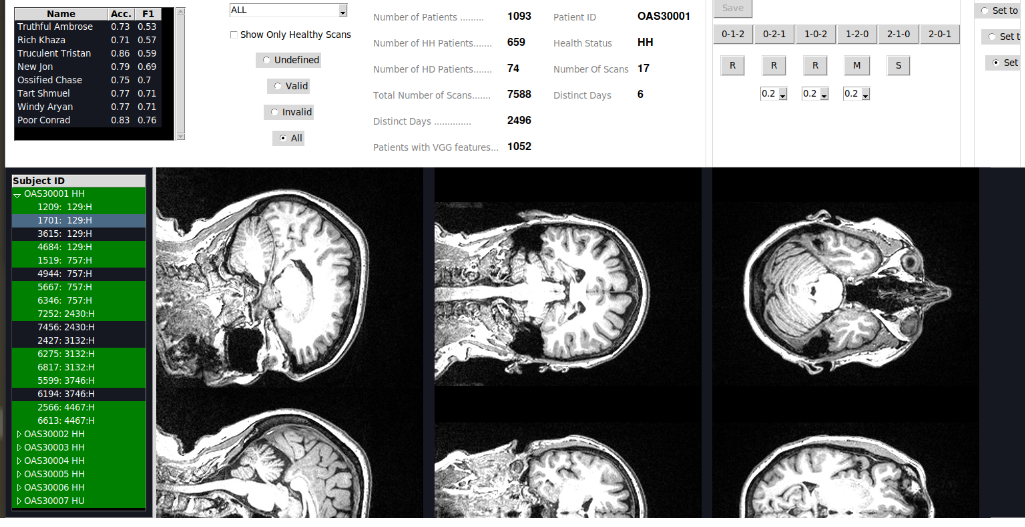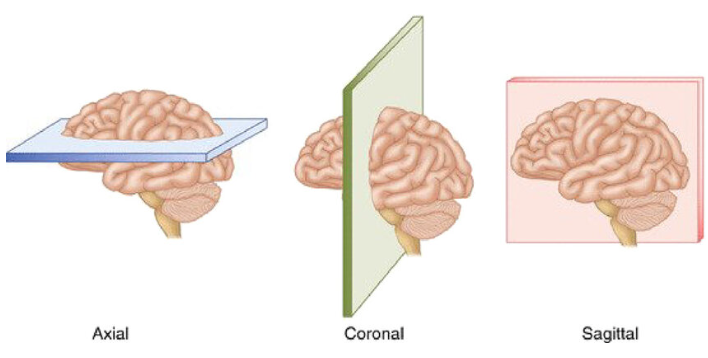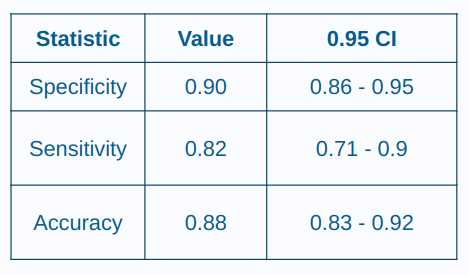Alzheimer's diagnosis comes too late for most people, affecting both quality
and expectancy of life.
NeuProScan can identify Alzheimer’s years ahead using a single MRI scan.
Why an MRI Predictor for Alzheimer's is More Than Useful
Two newly approved drugs,
Lecanemab and
Aducanemab,
slow Alzheimer's disease progression.
They require, however, a positive amyloid PET scan,
costing $5000.
Health systems face a challenge: an increase in PET scan demand could strain resources.
MRI scans, cheaper at $1300,
are initially used to assess eligibility for PET scans.
However, MRIs have a high error
rate in early Alzheimer's stages: 29% false positives and 27% false negatives.
NeuProScan helps doctors improve MRI diagnosis accuracy. This
ensures more effective use of costly PET scans, benefiting both
patients and healthcare systems.
Planning for the future
Knowing in advance provides time for patients and their
families to plan for the future. They can make living
arrangements, take care of financial and legal matters,
and establish support networks.
Participation in clinical trials
Early identification can enable patients to participate
in clinical trials for new drugs or therapies.
The Results
- All of the patients below were diagnosed as Healthy by a doctor
- A third of those went on to develop Alzheimer’s in the next few years
- NeuProScan had correctly identified 88% of them as very likely to develop Alzheimer’s
Raw Data
NeuProScan is an easy-to-use, fully customizable AI platform, catering to both
individual doctors and big hospitals. It takes in patient MRI scans and
predicts their likelihood of developing Alzheimer's in the next few years. It
can be run both on device or in the cloud, and it also allows the user to
create their own custom AI models

Varying the Slices used for the model
 Each MRI scan is made up of hundreds of slices. Each of these
slices can give us data to use in our program. However, some
slices are more important than others and have greater impact
to the model's performance.
Each MRI scan is made up of hundreds of slices. Each of these
slices can give us data to use in our program. However, some
slices are more important than others and have greater impact
to the model's performance.
Consider it like this. If we imagine the slices being like a
loaf of bread, there are three main views or sections we are
interested in: sideways (axial), front to back (coronal), and
left to right (sagittal).
We've come up with a clever way of choosing different slices to
look at. This means our system can deal with a variety of
different slice sets.
At the moment, our AI models use only up to 9 slices to make a prediction.
These slices are selected automatically from the MRI scan.
They can be from anywhere, but they usually come from the middle parts of the
sideways, front-back, and left-right views. For each of these
views, we can also add in 2 extra slices (one from each side of
the middle). So in total, we can look at 9 slices all together.
Here you can find more about the currently
deployed and active models
Read more about the performance
metrics for the models
How does it compare




 Each MRI scan is made up of hundreds of slices. Each of these
slices can give us data to use in our program. However, some
slices are more important than others and have greater impact
to the model's performance.
Each MRI scan is made up of hundreds of slices. Each of these
slices can give us data to use in our program. However, some
slices are more important than others and have greater impact
to the model's performance.
